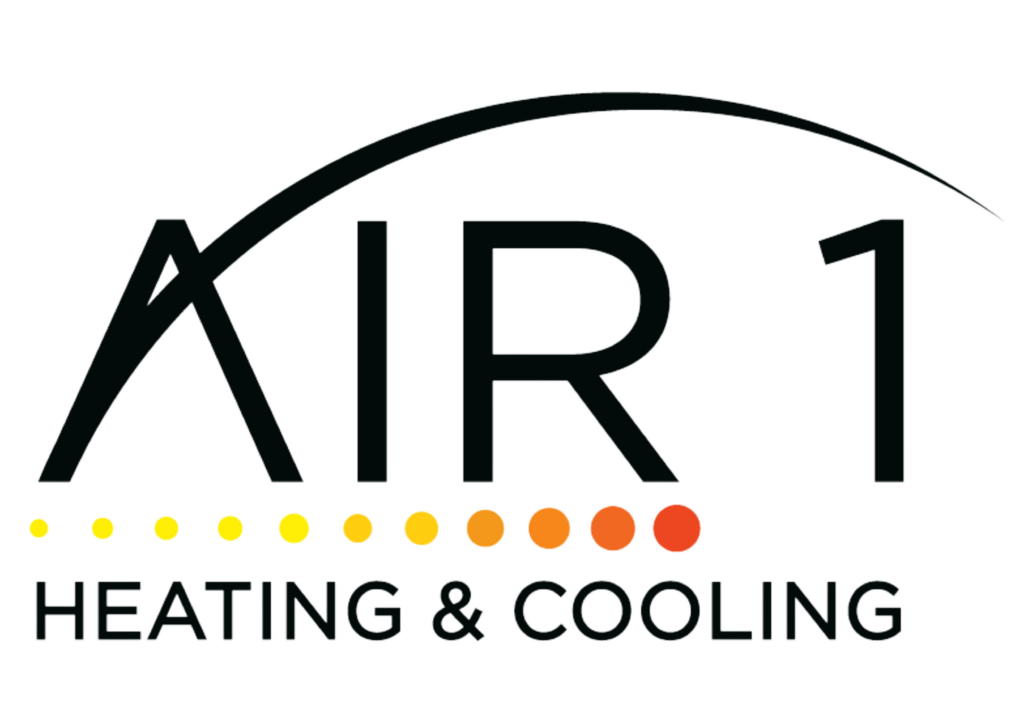The main fact that anyone needs to be well-aware of when it comes to owning electrical appliances is that they can easily overheat, especially when it comes to furnaces.
Although having an overheating appliance is an understandable cause for concern, having the same experience happen to your furnace bears an even bigger reason to worry. Even though the appliances themselves are designed, engineered, and manufactured to generate heat that you can use, the problem is that even the slightest excess of heat can lead to bigger issues.
What’s so wrong with an overheating furnace?
Everything––while the presence of excess heat can seem like no more than a minor problem that goes away on its own, the case is that much more different when it comes to furnaces.
You see, furnaces themselves are highly-sensitive pieces of technology—go even several degrees celsius over the expected limit, and you end up with a higher risk of disaster. To put matters in perspective, here are the different possibilities that come with not properly acting on the presence of higher temperatures:
- Full-scale electrical damage due to excess heat
- Potential house fire from uncontrolled temperatures
- System damage in multiple parts across the entire appliance
- Need for full replacement due to extensive damage and warping or burning
Once you begin to see signs of excess heat sinking and pumping your system into overdrive, you’ll have an understandable reason to start panicking because of how fast time can go by. Fortunately, you can prevent disaster from happening and putting your home (and life) in danger by letting cooler heads prevail and taking charge of the situation that lies ahead.
How do you prevent overheating?
When it comes to remedying overheating episodes that can put your appliance, home, and safety in danger, it’s important to remember that prevention is the best cure. In this case, prevention comes with proper airflow. To help ensure that your system doesn’t end up reaching the point where it can spontaneously combust and pack on more heat than expected, here are a few ways you can practice:
Tip #1: Pay attention to your filters (and change them often)
One of the most common reasons furnaces end up experiencing excessive temperatures is that their owners fail to regulate regular filter changes.
Blocked filters that come from settled dust are usually the primary causes of overheating and potential damage because they compromise the airflow needed to keep the area cool. After the blockages fully set in, the restricted (or completely blocked) path of air will cause the machine’s parts to overwork themselves, resulting in complete failure!
Tip #2: Invest in regular maintenance
If you want to ensure that no problems pop up along the way and put the health and condition of your property’s furnace in danger because of overheating, you’ll need to call for maintenance more often.
While there may be a lot that you can do on your own to prevent unnecessary blockages and all, letting a professional take over will ensure that you also get to handle the more complex problems. For instance, with the help of Air 1 LLC’s experts, you can prevent unwanted issues from piling up and wreaking havoc on your pricey appliance while extending its lifespan in the long run!
Conclusion
Out of all the different problems that you can experience in the journey of furnace ownership, overheating is the main issue that you won’t want to experience. Thankfully, keeping the two tips and tricks mentioned above in mind will go a tremendously long way in ensuring that your appliance stays cool without any lapses in proper care!
At Air 1 LLC, our experts offer professional servicing for your furnace heaters in Morris County, NJ. Besides being experts at HVAC systems, we also handle services in Hydronics. Get in touch with us today to learn more about our services!

